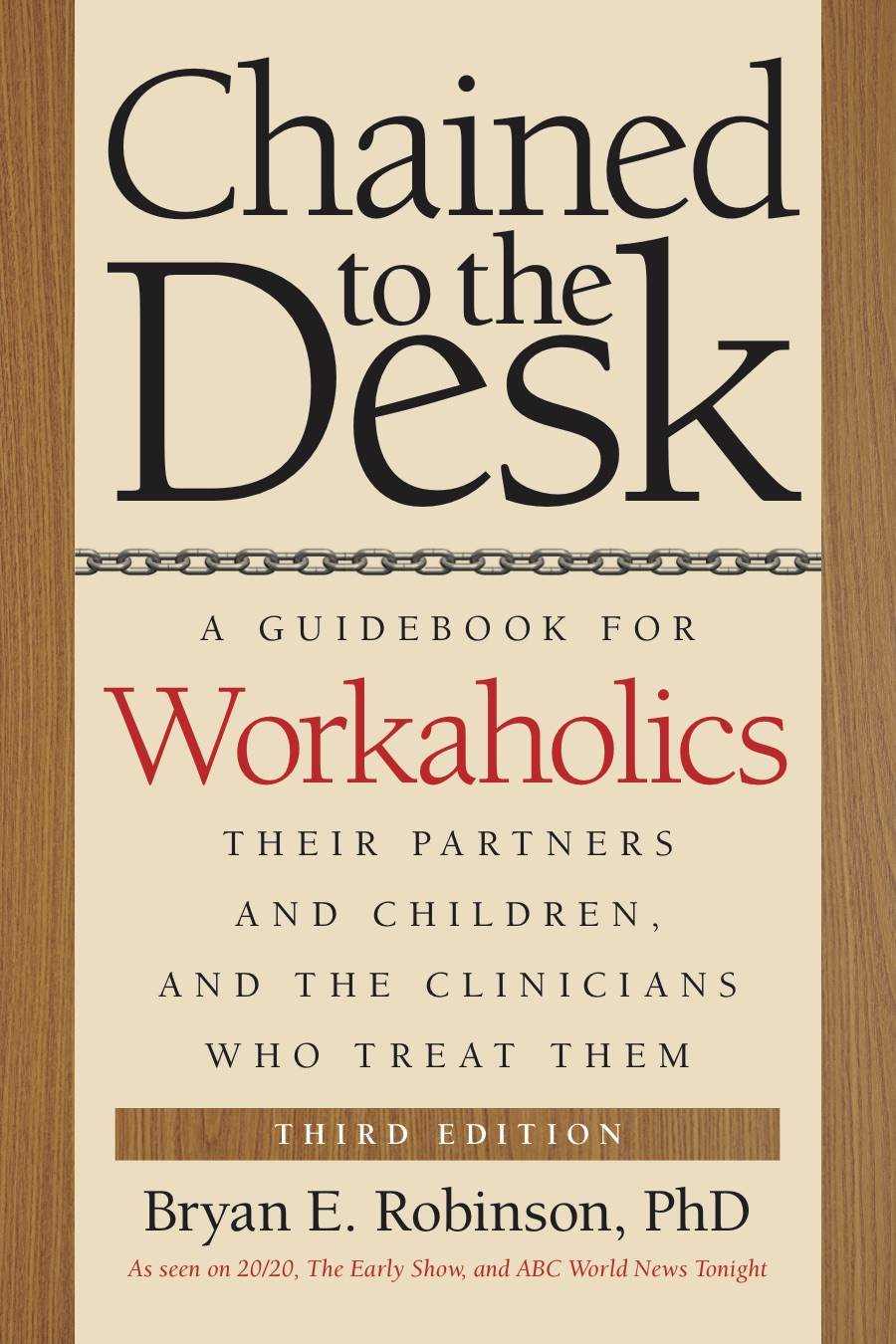In a society where many people work long hours, it’s important to make a distinction between hard workers and workaholics. If you’re a workaholic, you’re likely to be a separatist, preferring to work alone and focusing on the details of the work.
In contrast, if you’re a hard worker, you can see the bigger picture and work cooperatively with others toward common goals. As a workaholic, you’re more apt to look for work to do. But if you’re a hard worker, you enjoy your work, often work long hours, and focus on getting the job done efficiently. And you think about and enjoy the job you’re engaged in at the present moment. In contrast, a workaholic mind-set drives you to think about working a disproportionate amount of time. Even during social activities or leisure times your mind wanders and you obsess about your work.
Hard workers see work as a necessary and sometimes fulfilling obligation, compared to workaholics who see it as a haven in a dangerous, emotionally unpredictable world. A hard worker knows when to close the briefcase, mentally switch gears, and be fully present at the celebration of his or her wedding anniversary or a child’s Little League game. But if you’re a workaholic, you allow work to engulf all other quarters of life: sales reports might litter your dining table; your desk could be covered with dinner plates; you frequently fail to attend to your self-care, spiritual life, and household chores and break your commitments to friends, partners, and children to meet work deadlines.
If you’re a workaholic, you seek an emotional and neurophysiological payoff from overwork and get an adrenaline rush from meeting apparently impossible deadlines; hard workers do not. If you’re a hard worker, you’re able to turn off your work appetite, while workaholics are insatiable. Workaholism keeps you preoccupied with work no matter where you are– walking hand-in-hand with someone you love at the seashore, playing catch with a child, or hanging out with a friend. If you’re a hard worker. You are in the office looking forward to being on the ski slopes, compared to the workaholic on the ski slopes, compared to the workaholic on the ski slopes who is thinking about being back at the office.
If you’re a true workaholic, your relationship with work is the central connection of your life, as compelling as the connection that addicts experience with booze or cocaine. You could be the lawyer who brings his briefcase on schedules appointments six days a week, from 8:00 in the morning to 8:00 at night; or the real estate saleswoman who cannot have a heart-to-heart talk with her husband without simultaneously watching television, eating dinner, and going over property-assessment reports. In each case, work has become a defense against human relationships, and balance has been lost.
Workaholism is not a black-and-white matter. Just as alcoholic refers not only to the bum in the gutter but to the relatively well-functioning professor who gets quietly soused every night, workaholism describes a wide spectrum of behaviors. For some people, workaholism takes outwardly bizarre forms, such as working around the clock for three or four days straight and periodically catching a few hours’ sleep in sweat clothes. For others, workaholism is subtler: work is the place where life really takes place, the secret repository of drama and emotion. Family and friends are little more than a vague, if pleasant, backdrop.
By now you might be saying, “Fine, I’m a workaholic. It makes me miserable, but I prefer it to having to confront intimacy issues, living without my second home, taking my kids out of private school, and giving up all the other advantages work brings me.” So you’ve settled on being miserable at work rather than being miserable at home. The belief that you can have happiness only at home or only at work, but not both, is all-or-nothing thinking (see chapter 4). Whether you’re a workaholic or simply caught up in the workaholic pace of juggling work and family, this book can help you see that you don’t have to give up your lifestyle to change your work habits.
Millions of Americans, although not workaholics in the literal sense, find themselves caught in a workaholic lifestyle that gives them some of the same physical and psychological symptoms that workaholics have: emotional burdens, exhaustion, and suffering from stress and relationship problems caused by the disproportionate amount of time and emotional energy put into work. They are consumed by never-ending, obsessive thoughts about work and work-related functions. Many are unable to be emotionally present with loved ones or engage in meaningful intimate, spiritual, and social relationships. And their partners feel lonely, isolated, and guilty in these empty relationships, questioning their own sanity as friends and employers applaud the workaholics for their accomplishments. If this sounds familiar, keep reading to see if you could be chained to the desk.
Are You Chained to the Desk?
There are different degrees of workaholism. Some people fall in the low to mild ranges, and others fall in the higher ranges. The greater the degrees of your workaholism, the more serious your physical and emotional side effects will be. Let’s take a look at your work patterns.
Could you be chained to the desk? Or are you just a hard worker? To find out in a flash, you can take the Work Addiction Risk Test (WART) on my website, www.bryanrobinsononline.com, click “show results,” and see your score in seconds. Or you can rate yourself right here using the rating scale of 1 (never true), 2 (sometimes true), 3 (often true) or 4 (always true). Put the number that best describes your work habits in the blank beside each statement. After you have responded to all twenty-five statements add the numbers in the blanks for your total score. The higher your score (the highest possible is 100), the more likely you are to be a workaholic; the lower your score (the lowest possible is 25), the less likely you are to be a workaholic.
WART scores are divided into three ranges. After you’ve taken the WART, here’s how to interpret your score:
- Red light: If you scored in the upper third (67-100), you’re chained to the desk. You are highly workaholic with poor work-life balance, and you might be at risk for burnout. In addition, research suggests that your loved ones might be experiencing emotional repercussions as well.
- Yellow light: If you scored in the middle range (57-66), you tend to become busy and work to the exclusion of other life events. Your work habits are mildly workaholic. But with modifications, you can find work-life balance and prevent job burnout.
- Green light: If you scored in the lowest range (25-56), you’re a hard worker instead of a workaholic, and your risk for burnout is low. You have good work-life balance, and your work style isn’t a problem for you or others.

Follow us here and subscribe here for all the latest news on how you can keep Thriving.
Stay up to date or catch-up on all our podcasts with Arianna Huffington here.


